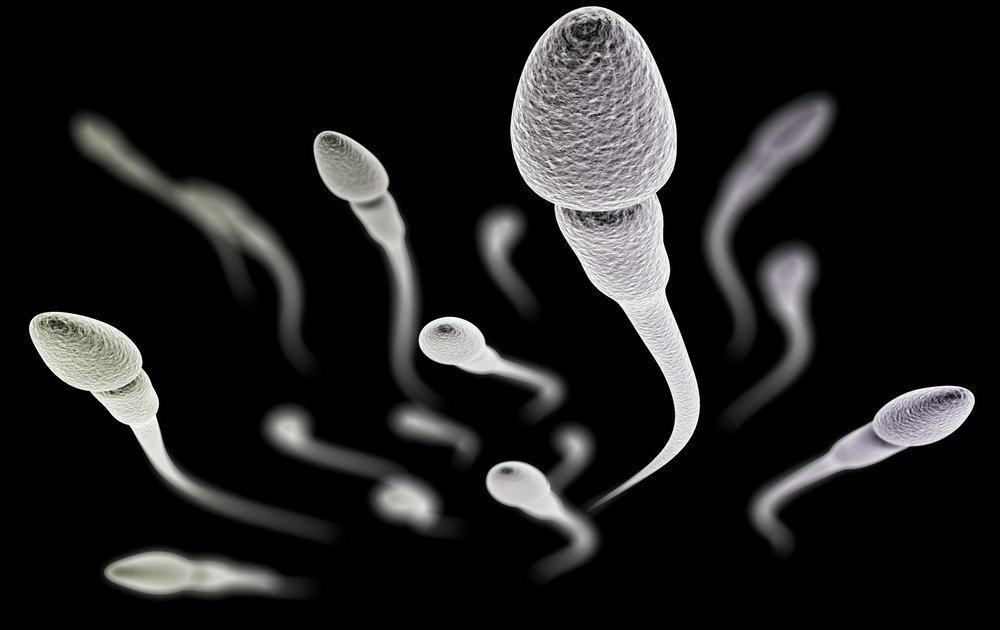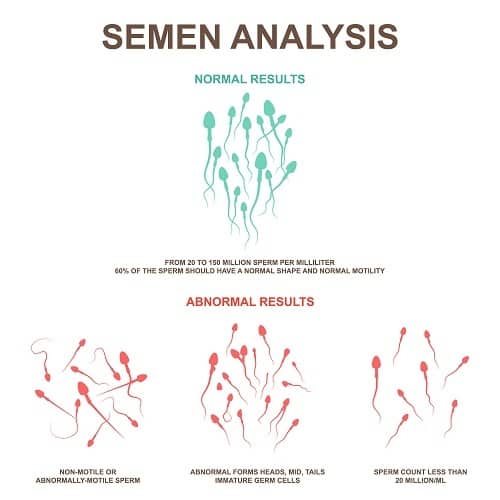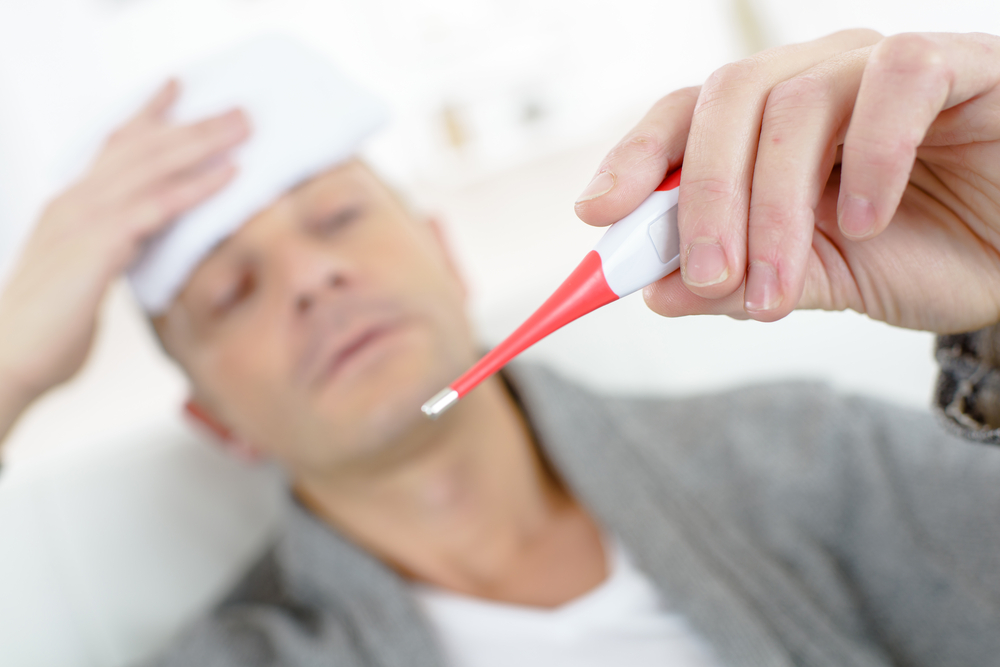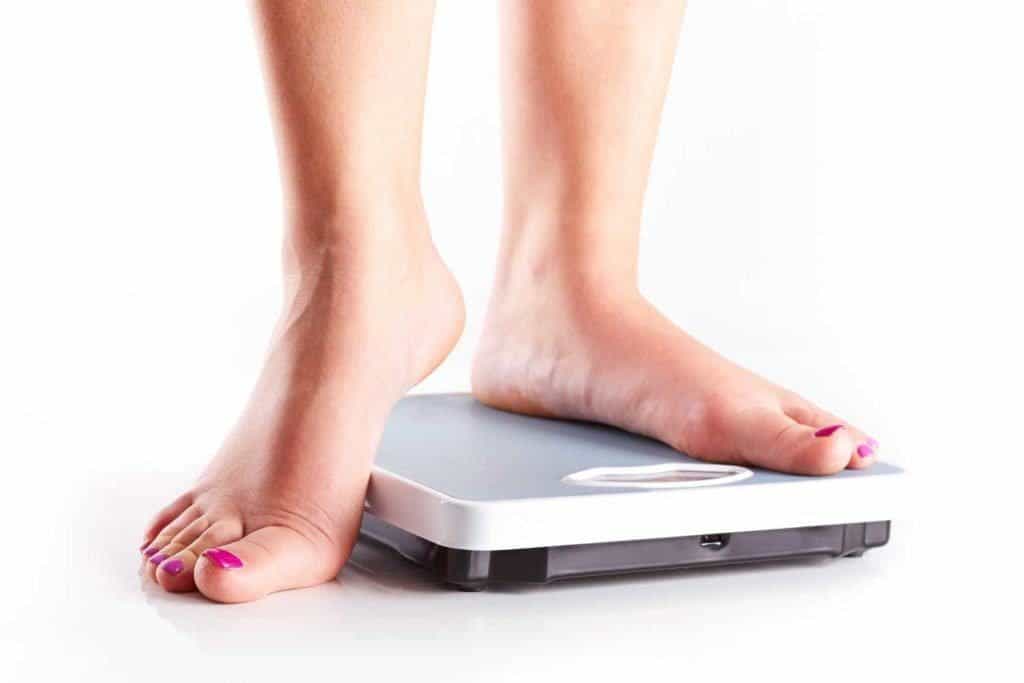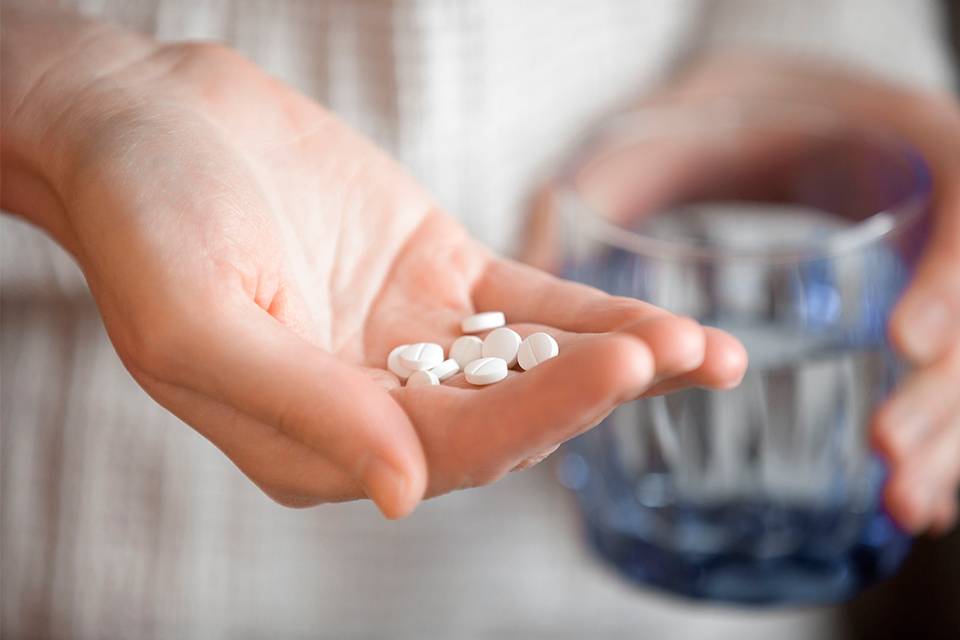Contents:
- Medical Video: Sperm Count | Nucleus Health
- The three most common types of sperm disorders
- 1. Sperm count abnormalities
- 2. Sperm deformities (morphology)
- 3. Sperm movement abnormalities (motility)
Medical Video: Sperm Count | Nucleus Health
Fertility and the possibility of having children are influenced by various factors. For women, several factors include hormonal balance, menstrual cycle, and ovulation, but for men, sperm is the only key. When we pay attention to sperm health, you have to think about these three important factors: sperm count, sperm shape (morphology), and sperm motility. If there are sperm abnormalities from these three factors, then you have a high risk of infertility. Therefore, let's learn more about the various sperm disorders below.
The three most common types of sperm disorders
1. Sperm count abnormalities
This is an abnormality of the total amount of sperm found in semen samples. The normal sperm count for a man is around 39 million sperm per minimum ejaculation. Someone who has a sperm count lower than the normal number, sometimes referred to as oligospermia. If no sperm cells are found, this can be called azoospermia.
People who have sperm disorder may have a number of health problems, such as varicoceles, infections, chronic or undiagnosed health problems such as diabetes or celiac disease, ejaculation problems such as retrograde ejaculation, duct problems, hormonal imbalances, and exposure to toxic substances.
Low sperm count abnormalities can also be caused by certain drugs, diseases accompanied by new fever, and exposure to scrotum heat (such as soaking in hot water). Smoking, obesity, and excessive alcohol have been associated with low sperm counts, but the cause of this sperm disorder has never been found. While azoospermia sperm abnormalities can be caused by duct problems, hormonal imbalances, or problems with the testicles.
2. Sperm deformities (morphology)
This sperm abnormality refers to deformity of sperm cells. At least, the sperm can still function properly if it has 4% normal-shaped sperm. To see this sperm abnormality, sperm must be examined under a microscope. We can see the normal sperm shape in the picture, following the description:
- It has an oval shape with a length of 5-6 micrometers and a width of 2.5-3.5 micrometers.
- It has an undefined lid (acrosome), which covers 40% -70% of the head of the sperm.
- There are no abnormalities seen from the neck, the middle, or the tail.
- There is no liquid droplet on the head of the sperm that is larger than one half the size of the sperm head.
Teratozoospermia is a term used for poor sperm morphology. Sperm deformity may be caused by the same thing that causes sperm count abnormalities. This sperm abnormality is still poorly understood, and because this evaluation is rather subjective, the score can vary even in the same semen sample. If only sperm is found to be abnormal, while all other semen parameters are still within normal limits, male fertility is still considered normal.
Men with sperm deformities tend to have more difficulties in pregnancy, but we cannot say for certain whether these difficulties are only caused by the shape of the sperm itself or for other reasons, which causes different sperm forms.
3. Sperm movement abnormalities (motility)
Motility is the percentage of moving sperm. In order for fertilization to occur, sperm must swim into the female reproductive tract to fertilize the egg. The ability to swim towards the goal is important. Total motility refers to each movement, while progressive motility refers to sperm that continues movement either in a line or in a large circle. Men are considered to have normal motility if 40% of all sperm move, and at least 32% must swim in forward motion or in a large circle.
Sperm movement abnormalities are commonly referred to as asthenozoospermia. If this sperm disorder occurs, it can be caused by illness, certain drugs, lack of nutrition, or poor health habits such as smoking. There are also many causes of sperm abnormalities that cause sperm movement abnormalities. Motility abnormalities can occur even though the amount of sperm that is owned is quite large, and it can cause fertility problems. Conversely, if a person's sperm count is low, but has a relatively good motility with 60% or more sperm moving, then fertility problems need not be worried.
READ ALSO:
- 6 Ways to Increase the Number of Sperm
- 4 Types of Foods to Improve Sperm Quality
- 10 Proven Things That Can Damage Sperm

